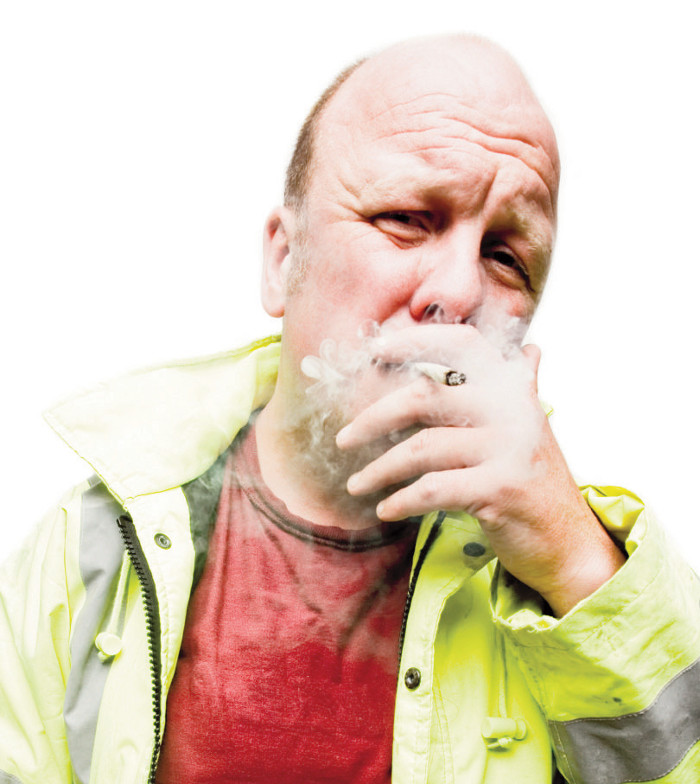
Quitting is the best way to improve a smoker's health, with quitting in one step offering the best chance of success. However, highly dependent smokers may be unable to quit suddenly. For these people, and those who do not want to quit abruptly, harm reduction techniques may be effective.
Harm reduction methods such as €cutting down to quit€ may appeal to those who don't feel able to stop smoking altogether. For some, taking steps to smoke less can be the start of a gradual change that eventually
leads to quitting. Harm reduction involves continued use of nicotine, while reducing the harm caused by cigarettes.
According to NICE's guidance, harm
reduction options include:
- Quitting in one step
- Cutting down to quit
- Smoking reduction
- Temporary abstinence from smoking.
This may be for a specific occasion, such as when smoking is prohibited (e.g. during a long-haul flight or hospital stay). All of the above options can be taken up with or
without the help of one or more licensed nicotine-containing products, which can be used for as long as required to prevent relapse. The Government is also committed to various harm reduction measures. These include:
- Increasing regulations to restrict where smoking can take place
- Community-led strategies to emphasise that not smoking is the norm
- Addressing the price of tobacco so that people quit or reduce the amount they smoke because it's too expensive.
